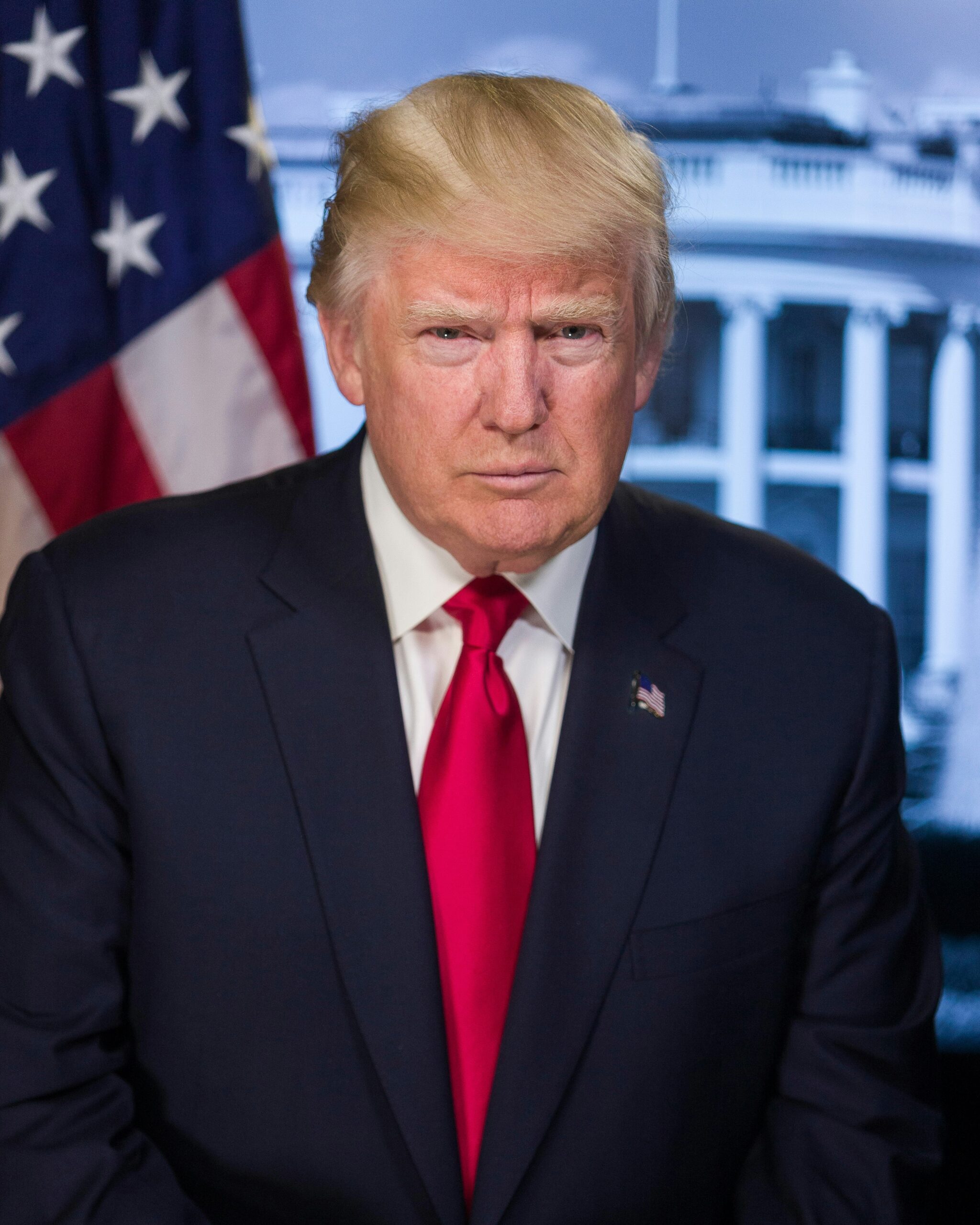
Reciprocal Tariffs:
The administration plans to provide each trading partner with a numerical value that reflects the U.S. evaluation of their current tariffs and trade barriers.
The objective is to establish reciprocal tariffs, whereby the U.S. will impose tariffs that correspond to those levied on American products.
Scope of Tariffs:
The tariffs will address a range of trade practices, including:
– Tariff rates
– Non-tariff barriers
– Currency manipulation
– Unfair subsidies
– Labor exploitation
Reports indicate that particular attention will be directed towards industries such as automobiles, steel, and aluminum.
Economic Impact:
These proposed tariffs have generated uncertainty within financial markets, raising concerns about possible economic consequences. Nevertheless, the administration remains confident in the fundamental resilience of the U.S. economy. There is also ongoing discussion regarding the tariffs as a potential source of revenue for the United States.
Negotiation Potential:
There are signs that certain countries might evade tariffs if they participate in negotiations or modify their trade practices prior to the April 2nd deadline.
“Liberation Day”:
President Trump has designated April 2nd as “Liberation Day for America,” highlighting the aim of restoring economic prosperity.

